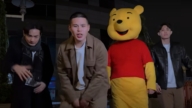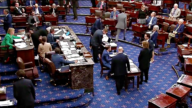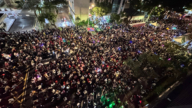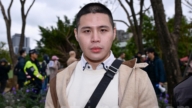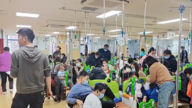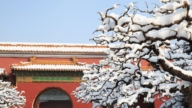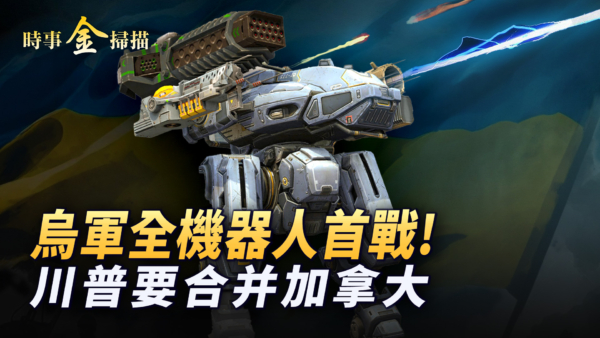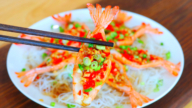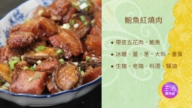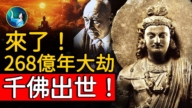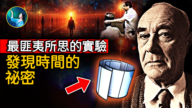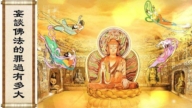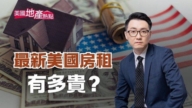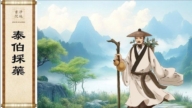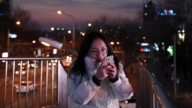【新唐人2011年6月20日讯】台湾政府近来表态,官方文件、网站不得改用简体字,要“让全世界都可以认识汉字之美”。许多有识之士表示,正体字才是中华文化传承的根本,简体字是破坏汉字和中华文化的东西。
“亲不见,产不生,爱无心,厂空空”,这是讽刺简体字违背认知原理的一句话。
由于台湾6月底将开放中国旅客自由行,近来许多商家纷纷把招牌、菜单等改成简体字,6月15号,台湾总统马英九公开表态:官方文件、网站等必须使用正体字,如有需要,可以提供正体字与简体字的对照表。
马英九在2007年指出,俗称的“繁体字”是汉字的正宗,应该称为“正体字”才正确。
总统府发言人范姜泰基表示,目前“观光局”的官方网站上,与英文、日文等其他六种语文版本并列的“简体版”,应立即移除,以维护、贯彻“中华民国”为中华文化领航者的地位。只有在中国做宣传才准用简体字。
与此同时,马英九16号也在行政院长郝柏村新书《郝柏村解读蒋公日记1945-1949》发表会致词时说,坚持使用正体字“是当年蒋公在文革时期复兴中华文化,非常重要的一环,事后看来是有先见之明”。
许多成就卓越的学者都认识到了正体字在中华文化中的重要意义。
一位瑞典的汉学学者林西莉(Cecilia Lindqvist)认为,汉字是“全世界最好玩的字”。她在2006年接受台湾《中国时报》采访时说:台湾人能从小就学繁体字,她认为是很幸福的事,如果哪天台湾也废繁体而学简体,她个人会感到非常遗憾。
1956年, 中共以易识易记利于扫盲、减少汉字总字数、书写简便快捷等理由, 推出汉字简化方案。但事实证明,中国大陆没有扫除文盲,汉字的总数却因简体字的出现而增加了,而在电脑打字普遍的今天,简体字也丧失了书写简便的优势。
学者刘丰杰指出,简体字“当前是我国自秦以来文字使用最混乱的时期”。
网友“长河月影”的网文列出,简体字的五项弊失:1、失去了诸如像形、表意的功能;2、字形丑陋;3、一字多义现象远比正体字严重,造成不必要的理解误区;4、掌握简体字的人无法直接阅读古代文献;5、造成了与台港澳、海外华侨的文化分裂,是分裂中华文化的推手。
他说:“一个文明的复兴必然是建筑在继承其古典文明、并广泛吸收世界优秀文明基础之上的。因此,中华文明复兴的第一步就是全面恢复正体字!”
网络上一篇文章—-《简化字不是简体字》指出,上世纪20、30年代,中共在苏俄怂恿下要搞“汉字拼音化”,但由于人民反对强烈,因此先将汉字简化掉一部分,然后再根据推行情况而进一步简化,直到人民适应拼音文字。换句话说,简体字面世的初衷并非是为了简化本身,而是为了推行汉字拼音化搞得一个半成品。
许多学者都表示,正体字是中国古老文化留下的精髓,正体字才真正能体现中华传统文化的博大精深。
新唐人记者吴惟、李若琳综合报导。
Taiwan Says “No” to Simplified Characters
The Taiwan Government recently claimed that, official
documents and websites should not use simplified
characters, and “Chinese characters’ beauty should
be appreciated by the world.” Many scholarly people
said that traditional characters are the foundation
of Chinese culture, but simplified characters were
created to destroy Chinese characters and culture.
“Relatives cannot be seen; productions cannot be
produced; no heart in love; factories are empty.”
These words criticize simplified characters,
which go against cognitive principles.
Since Taiwan will open its borders to individual
Chinese travelers at the end of June, many merchants
have changed their brands and menus into simplified
characters. On June 15, Taiwan President Ma Yingjiu
announced that official documents and websites should
use traditional characters,
but comparison tables can be offered, if necessary.
President Ma said in 2007 that, the so-called
“complex characters” are real Chinese characters
and should be called “traditional characters.”
Presidential spokesman, Fan Jiang Taiji, said that,
Taiwan’s Tourism Bureau website, should immediately
delete the “simplified Chinese edition,” to ensure that
Chinese culture is preserved in the “Republic of China”
and that Chinese simplified characters are only allowed
to be used when promoting Taiwan in China.
On June 16, Ma gave a speech at an official book
release conference held for Executive President,
Hao Baicun, author of the new book, “Hao Baicun
Unscrambles Chiang Kai-shek’s Diary 1945-1949.”
Ma said that Chiang Kai-shek’s insistence on preserving
traditional characters “was Chiang’s important act
to revive Chinese culture during the Cultural Revolution,
which turned out to be insightful.”
Many outstanding scholars have realized the
significance of traditional characters in Chinese
culture, like Chen Yinke, a famous sinologist who
insists on writing in classical Chinese and publishing
books in traditional Chinese characters.
A Swedish sinologist, Cecilia Lindqvist, believes that,
Chinese characters are “the most fun characters
in the world.” She told Taiwan’s China Times in 2006:
“Taiwanese people are very lucky to study traditional
characters since childhood.” She said that if Taiwan
someday replaces traditional characters with
simplified ones, she will feel very sad.
In 1956, the Chinese Communist Party (CCP) advocated
simplified characters, saying they were easy to learn
and read, faster to write, and helped reduce the number
of characters. Yet, illiteracy still exists and new
characters are being added all the time.
Computer keyboards can now type simplified characters,
so being “easy to write” has really lost its meaning.
Liu Fengjie, a scholar, said, “The use of simplified
characters has bought about the worst chaotic times
since the Qin Dynasty.”
.
A netizen named Changheyueying, explained the five
disadvantages of simplified characters: 1. they are
unable to imitate shapes or express inner meaning
2. they are ugly; 3. they contain more meanings than
traditional ones, bringing about misunderstandings;
4. people who use simplified characters cannot read
ancient articles; 5. they destroy the cultural connection
between the mainland and Taiwan, Hong Kong, Macao,
and overseas Chinese.
Changheyueying said, “The revival of a culture is based
on inheriting ancient civilizations and absorbing good
cultures worldwide. Therefore, the first step to revive
Chinese culture is to revive traditional characters!”
The online article, “Simplified Characters Are Not
Meant to Simplify,” stated that, between 1920-1930,
the CCP planned to begin “alphabetizing Chinese.”
But due to public outcry, they simplified a just few
characters at first. Then as people adapted to alphabetic
writing, they added more characters. Thus, simplified
characters were not meant to simplify, but were only
semi-finished products in the alphabetization process.
Many scholars said that, traditional characters are
cultural essences left by ancient civilizations and only
traditional characters can truly present
the greatness of Chinese traditional culture.
NTD reporters Wu Wei and Li Ruolin


